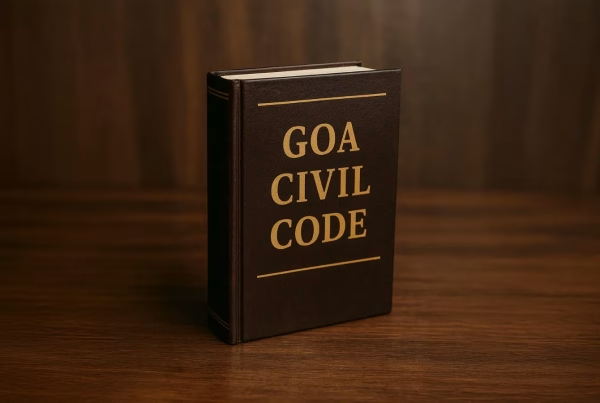Durga Puja in Bengal is more than just a festival — it is devotion, art, and tradition coming alive together. And among its many rituals, none feels as mysterious and powerful as Chokkhudan. It happens at dawn on Mahalaya, before the Puja days even begin, when the goddess finally receives her eyes.
What is Chokkhudan?
For weeks before Durga Puja, Kumartuli’s artisans work with straw, clay (Punya Mati), and paint to create Maa Durga’s idol. Until Mahalaya, the figure is known as Mrinmayi — beautiful, but lifeless. Then, in the stillness of the morning, the most senior artisan takes a brush dipped in black kajal and carefully paints her eyes.
The moment the eyes are complete, the idol is believed to transform into Chinmayi — filled with consciousness, energy, and presence. Clay is no longer clay; it has become the goddess herself.
The Importance of Chokkhudan
The eyes are considered the gateway of the divine. Through them, Maa Durga’s power and blessings are said to reach her devotees. That is why Chokkhudan is not entrusted to just anyone — only the most experienced artisan can perform it. A single misplaced stroke could affect the grace and intensity of the goddess’s gaze.
For devotees, standing before Maa Durga later in the pandal, her eyes are what connect them most deeply. They do not just see the goddess; they feel seen by her.
When Art Becomes Invocation
Chokkhudan is as much about skill as it is about faith. The bold, almond-shaped eyes of Bengali idols are famous worldwide for their expression — calm yet fierce, compassionate yet commanding. Achieving that balance takes decades of practice, but also devotion. For the artisan, the brush is not simply painting; it is awakening the Mother.
This is why the moment of Chokkhudan is often deeply emotional in Kumartuli workshops. Months of labor — from collecting clay to shaping the idol — finally meet their purpose when the eyes open, and the goddess looks back.
A Dawn of Power and Presence
That this ritual happens on Mahalaya is no coincidence. Mahalaya marks the shift from Pitri Paksha (fortnight of ancestors) to Devi Paksha (fortnight of the goddess). It is the moment when Durga is believed to descend to earth, beginning her visit to her devotees. Chokkhudan is the visual, living sign of that arrival.
For generations, Bengalis have woken to Birendra Krishna Bhadra’s timeless Mahalaya recitation on the radio. The sound of his voice, the first strokes of the artisan’s brush, and the rising sun together create an atmosphere where faith, art, and nature merge.
The Power of a Gaze
If you visit a Durga Puja pandal this year, pause before Maa Durga’s eyes. They are not just painted features — they carry within them centuries of tradition, the devotion of artisans, and the blessings of a mother who has come home.
In those eyes, you will see what Bengalis believe with all their heart: that the goddess is not only present in clay and color, but alive, watching, and protecting her children.



